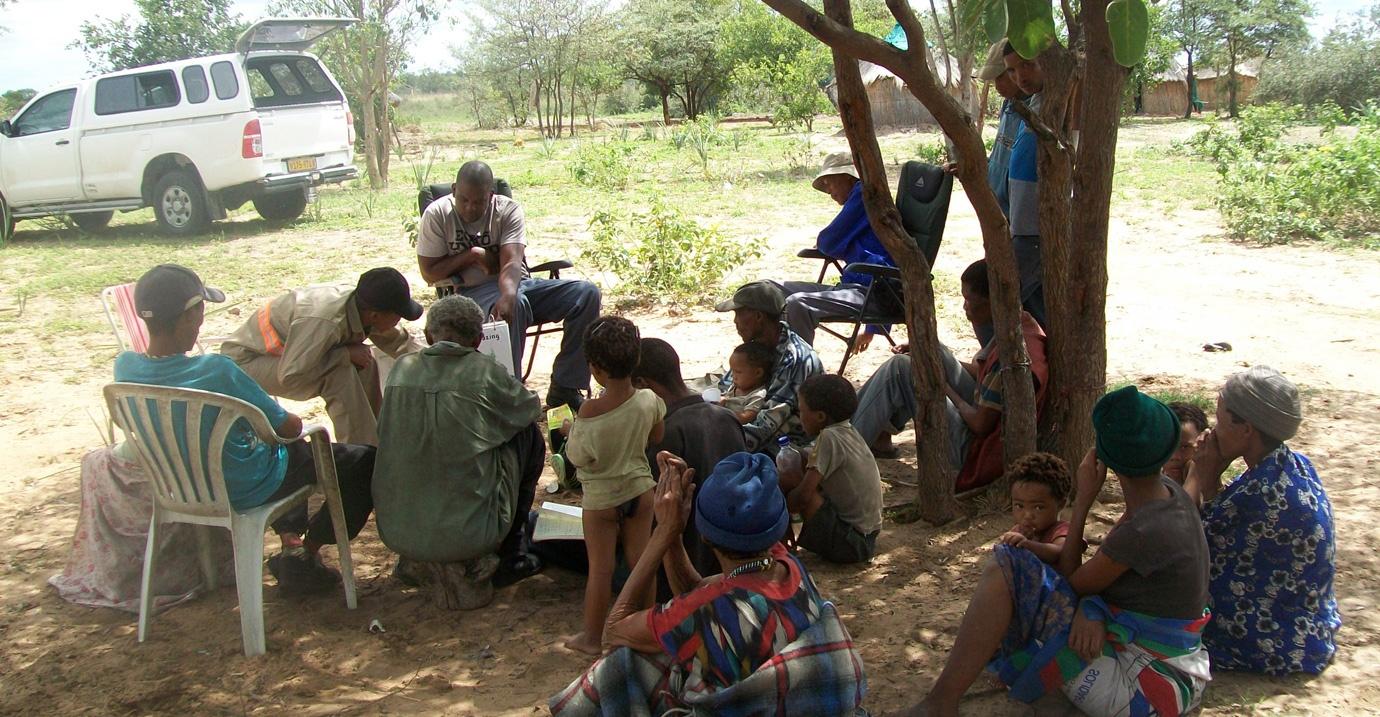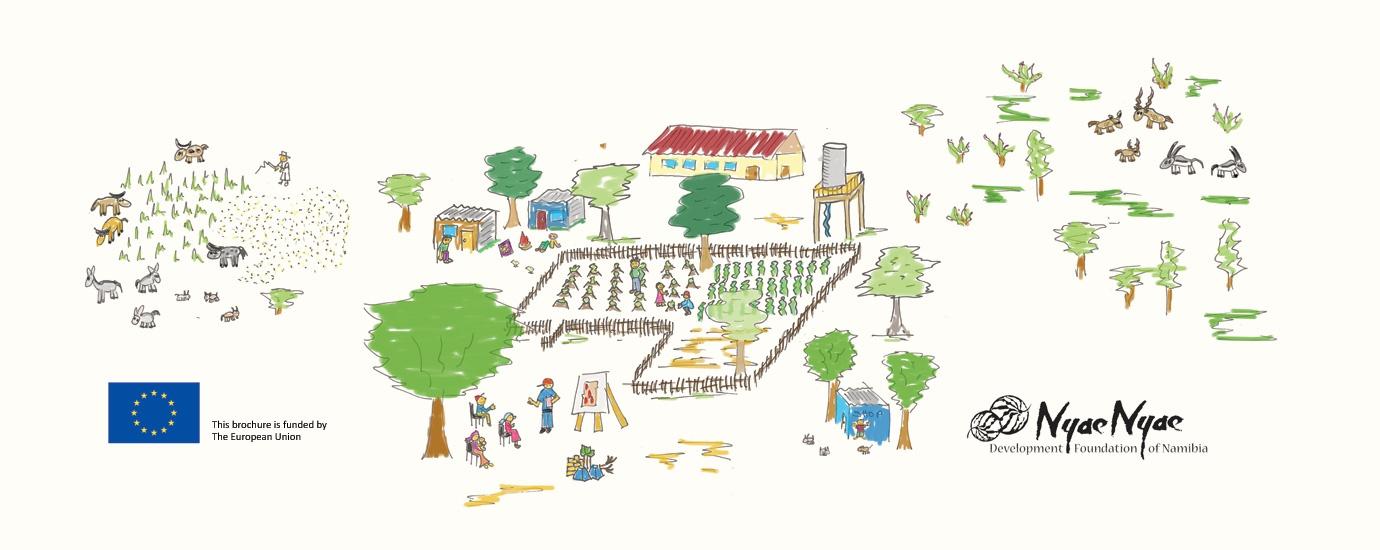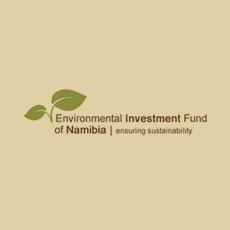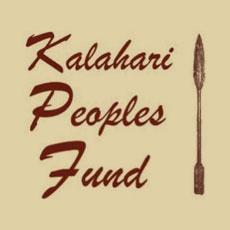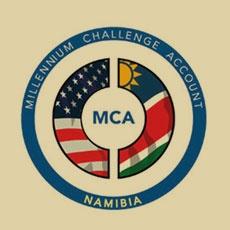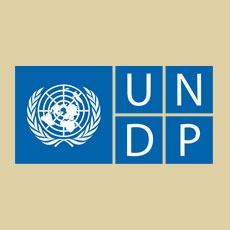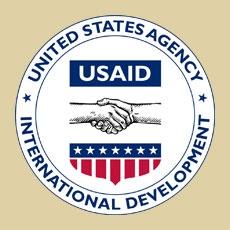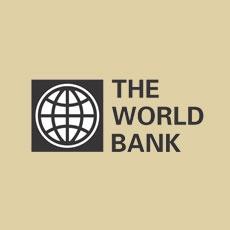This newsletter is the follow-up to the Dealing with Climate Change brochure distributed in 2015. The purpose is to provide an update on the EU-funded Climate Change Project and also to provide regular tips and suggestions about how everyone can take action to deal with the impacts of Climate Change.
Recent Activities
The ‘Dealing with Climate Change’ booklet was distributed to stakeholders and the community to raise awareness of climate change and the local projects attempting to support the community adapt to the potential impacts of climate change.
In May 2015 a Fire Management training was held in collaboration with the Directorate of Forestry followed by early burning in Nyae Nyae. The spread of fire is being mapped throughout the year to see what the impact is and plan for 2016.
Over 20 villages have had training and materials in order to start sweet potato/cow pea/maize gardens and many have received trees, many of which were free from MAWF to plant around their gardens for shade and further food security.
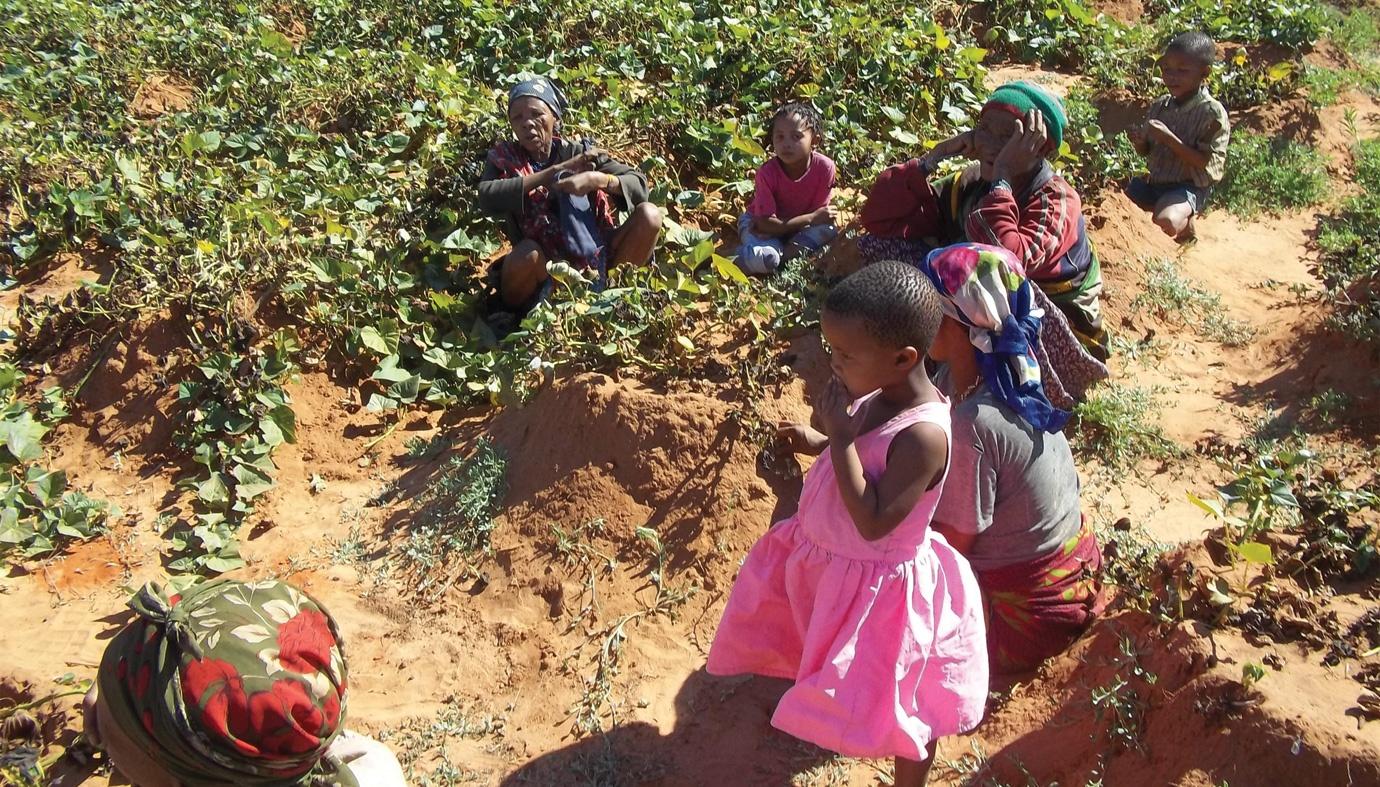
Planned herding and grazing is now actively taking place in 10 villages where there are substantial herds to prevent overgrazing, reduce loses to predators and improve livestock condition.
13 local farmers went to Kavango to learn about ripper furrowing and 7 villages in the area have now had their fields ripped as a collaboration between NNDFN, MAWF and MLR. The output of these fields will be carefully measures to assess whether ripper furrowing increases crop productivity as it has proven to do elsewhere.
One village has received a small herd, to graze and herd with one of its neighbour villages as a means to introduce livestock to more San villages in the area.
Integrated planning has been introduced to make the most of all the local resources available to support the combination of wildlife, agriculture, forestry and conservation activities taking place.
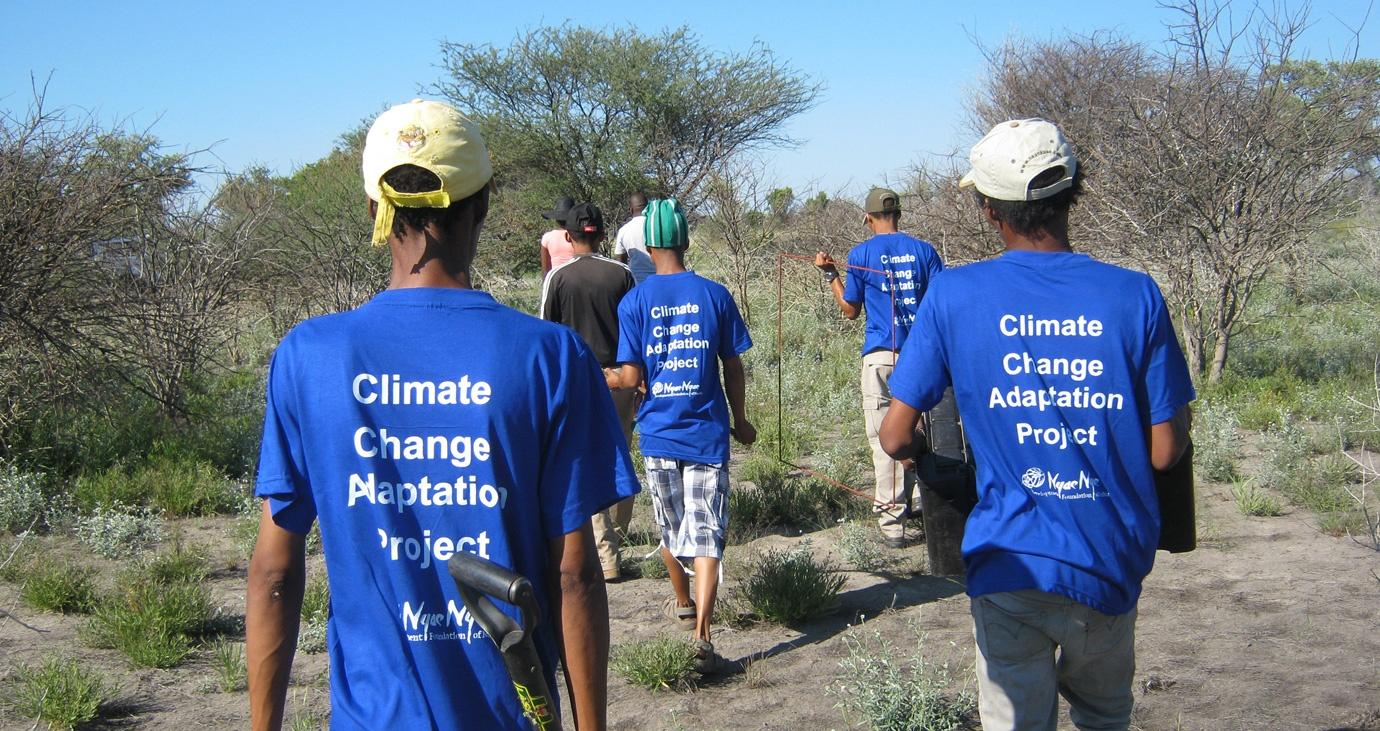
Focus for the coming 6-12 months
The focus for the coming few months will be on:
- Reviewing the impact of fire during the 2015 fire season and planning fire training and early burning for 2016.
- Supporting the villages with gardens and ripped fields to address any water of other issues to ensure that their fields and gardens are as productive as possible.
- Supporting those villages that are implementing planned grazing and herding to maintain their herding activities and extend them to include any donkeys and small stock.
- Complete integrated plans for activities in 2016.
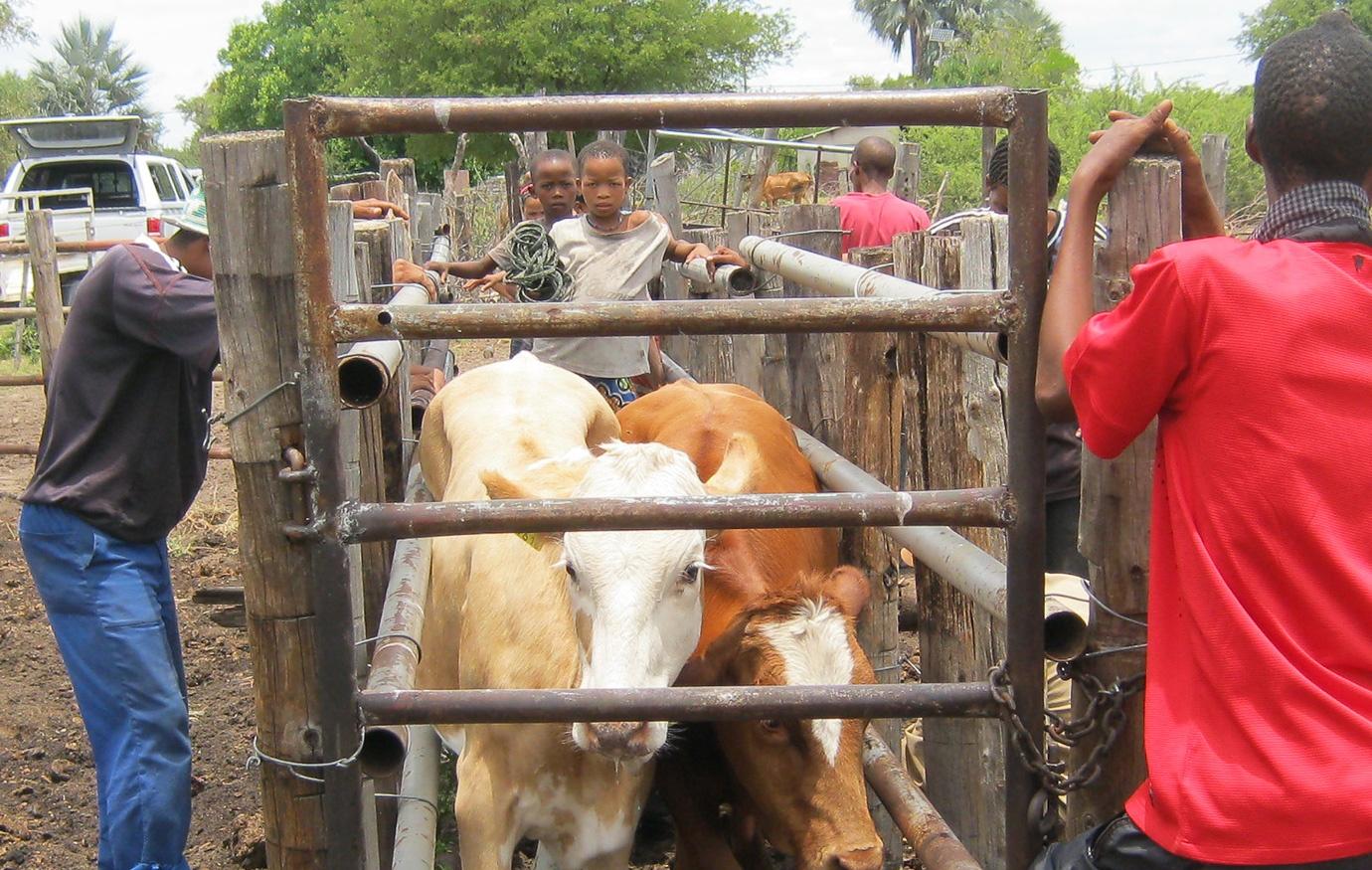
Introducing Conservation Agriculture
Conservation Agriculture as a means of adapting to Climate Change
The Ministry of Agriculture, Water and Forestry has launched its Comprehensive Conservation Agriculture Programme for Namibia 2015-2019 and our project builds on the suggestions made in that document. The purpose being to improve agricultural productivity and diversify sources of food security.
1. Awareness Creation: Through the EU-funded Climate Change adaptation project we aim to raise awareness of conservation agriculture techniques, apply them to the local context so that all community members can benefit from simple techniques that will increase their food security and create model villages that others can learn from.
2. Coordination: We will work with our local ministry colleagues wherever possible to make the most of our resources and reinforce common messages and practices.
3. Conservation Agriculture Technologies: There are a number of simple conservation agriculture technologies that anyone can start to use.
Conservation agriculture technologies that anyone can start to use.
Conservation Agriculture Technologies that everyone can start to use Land preparation: Where possible ripping fields or using a minimum / zero tillage approach, using walking tractors/rippers and planting in basins in smaller gardens and crop areas.
1. Crop rotation: Changing crops and / or allowing fields/areas to go unplanted for a season, in a defined order, to enable the soil to recover and reduce pest problems.
2. Fertility management: Using manure and natural fertiliser, crop rotation and agroforestry (growing trees around or amongst crops) Soil moisture conservation: Mulching (applying a layer of material over soil, such as grass cuttings or straw or apply in layers when planting trees/plants to conserve moisture) and cover crops (crops grown to manage soil erosion of fertility).
3. Use of appropriate varieties: Test and use most successful seed/ tree types that suit the local soil and environment.
Gallery
Capacity Building of Farmers
NNDFN has already taken various farmers and herders to sites in Kavango to see planned grazing and herding and conservation agriculture in action. We are now working to develop local demonstration sites in Nyae Nyae and N≠a Jaqna so that more local San people can see what it possible and be inspired to start taking action to improve their food security.
